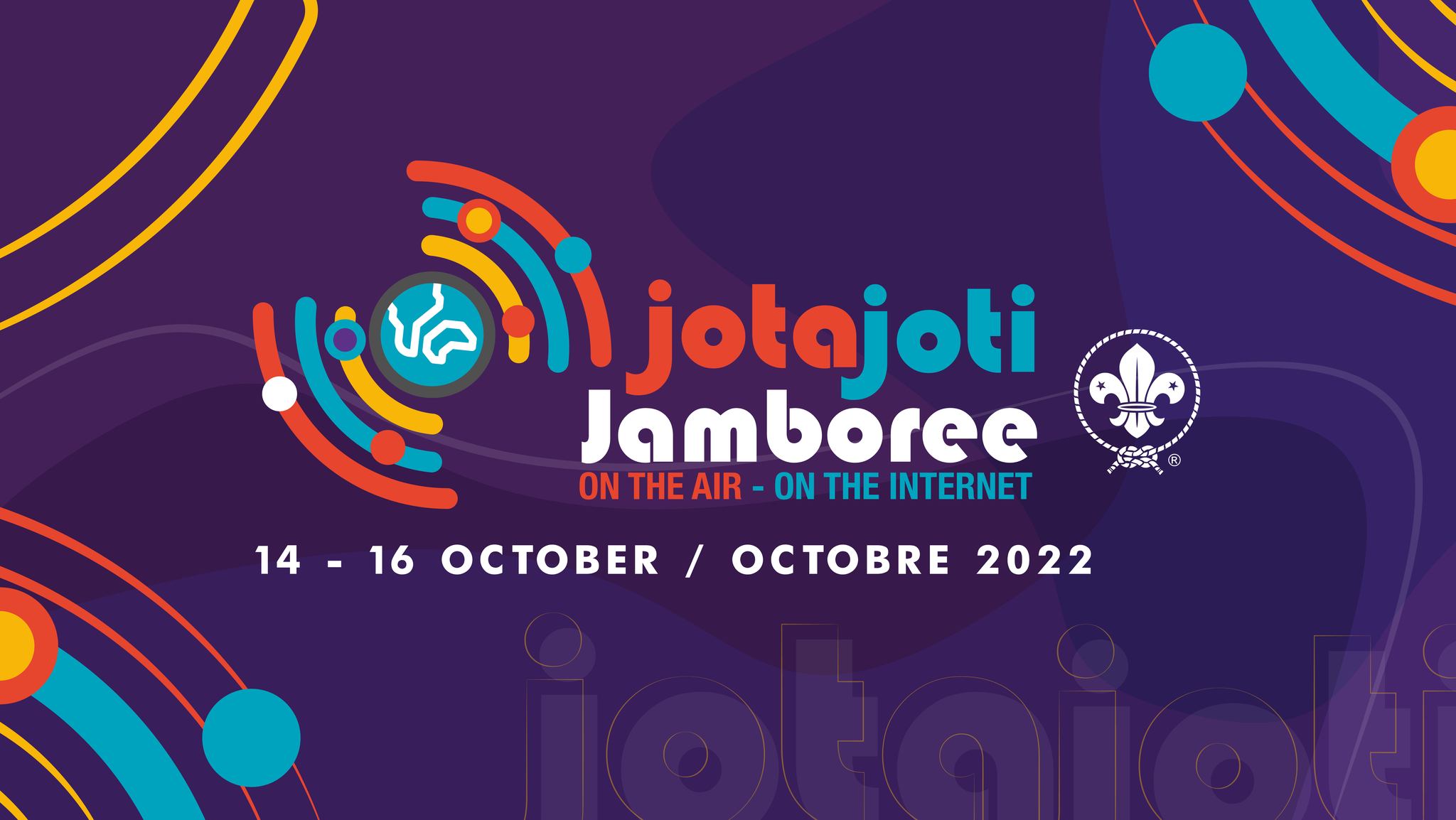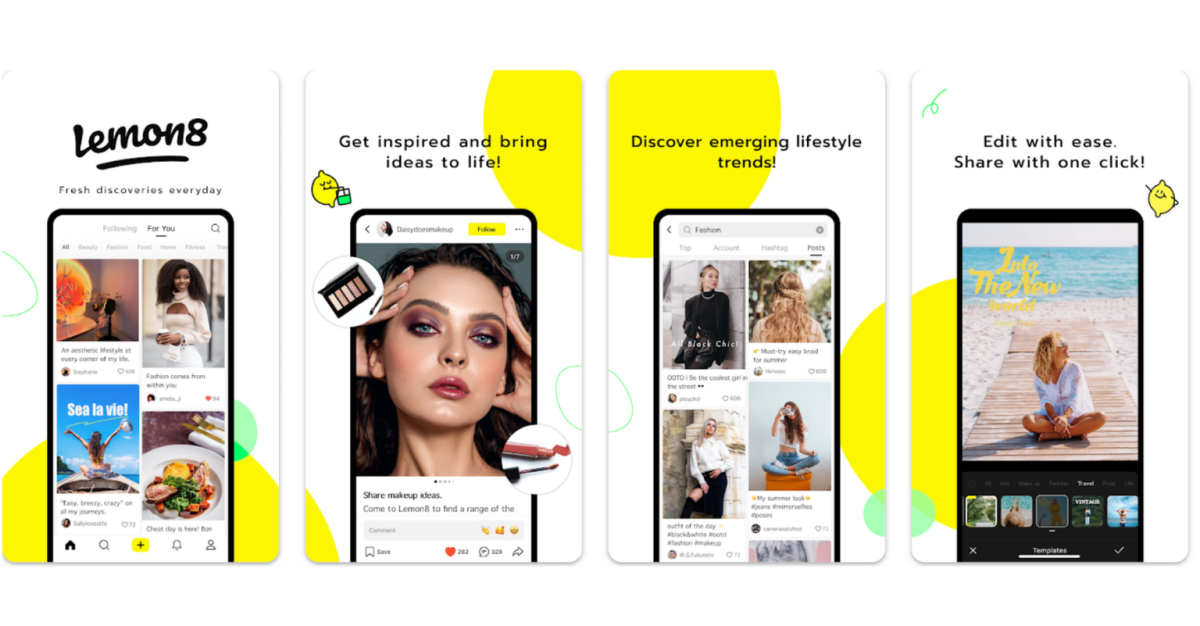Websites of every flavor and form are doing their best to catch the eye of us curious digital wanderers. Among the multitude of designs, there exists a peculiar subset that challenges traditional notions of user experience and design coherence. These are the over-simplified and nonsensical websites, where minimalism dances on the edge of absurdity, and user-centered principles seem to have taken an extended vacation.
You might be thinking, what about those thriving brands with ultra-minimalist websites? That’s where strategy and the magic of UX/UI enter the scene. But, don’t be fooled, this doesn’t happen by accident. To achieve this, a well-thought-out plan must be in place.
The Zen of Minimalism Gone Awry

A Symphony of Whitespace and Confusion
Whitespace, the elegant void that separates elements, can transform a design into a work of art. Yet, in the world of over-simplified websites, whitespace can transform into an ocean of emptiness, where users drift aimlessly, lost in a sea of nothingness. Content hovers in obscurity, leaving visitors yearning for substance amid the void.
Typography: The Art of Surprise
Typography, the cornerstone of effective communication, often balances legibility with aesthetics. In the realm of over-simplified websites, typography takes on a life of its own. Fonts vary from line to line, size to size, making each word a lottery of interpretation. It’s as if the website has become a virtual museum of fonts, showcasing the entire spectrum of typographical expression.
The Return of the Rotating Image
User-Centered Design Takes a Holiday
User experience (UX) and user interface (UI) design thrive on principles that guide users seamlessly through digital landscapes. However, over-simplified websites have other plans. Usability testing is tossed aside, and user-centered design becomes an elusive concept. Visitors embark on a journey of deciphering the hidden meaning behind each pixel, proving that not all who wander are lost – some are just baffled.
Appreciating the Absurdity
While over-simplified and nonsensical websites might leave users scratching their heads, they also encourage us to appreciate the boundaries of design experimentation. These sites remind us that the online realm is vast and diverse, encompassing everything from intuitive masterpieces to bizarre digital art installations.

In the grand tapestry of web design, over-simplified and nonsensical websites hold a unique place. They challenge conventions, provoke thought, and encourage us to question the very nature of digital interaction. While they might not always provide the most user-friendly experiences, they do serve as a reminder that creativity knows no bounds – even if those bounds happen to be quite perplexing. So, the next time you encounter a website that seems to speak a language of its own, take a moment to appreciate the beauty in its eccentricity. Before you dive into simplifying your website, take the time to conduct thorough research and study the ins and outs. Look into your contents‘ substance and how it resonates with your audience. And don’t forget to consult for UX/UI expert opinion for greater website effectivity.




